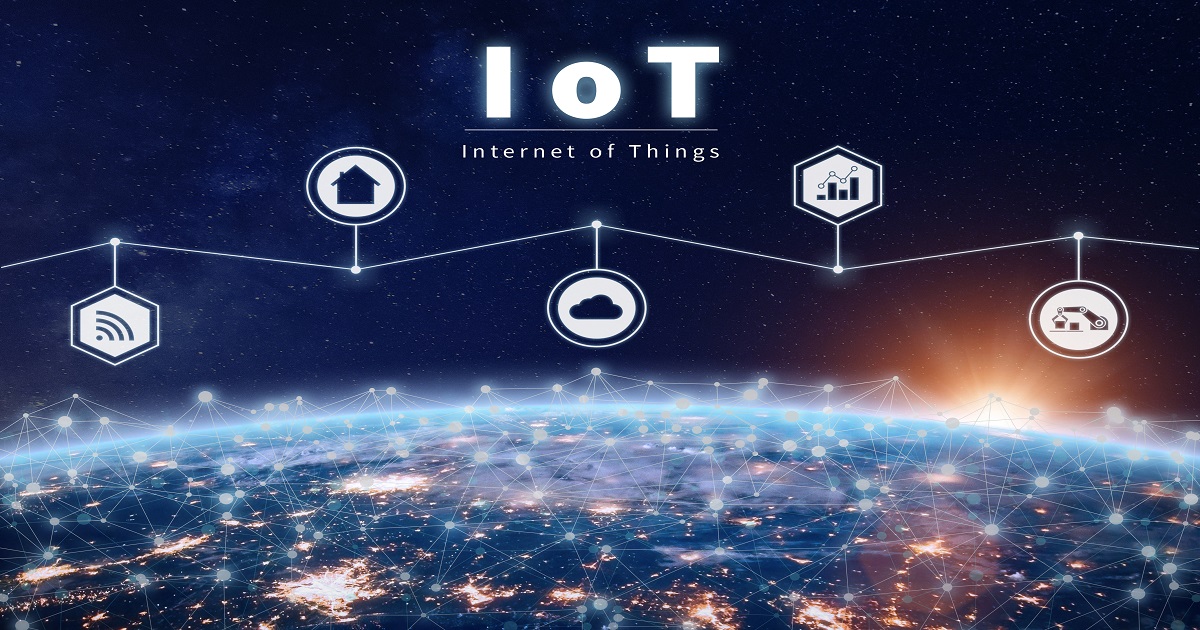There are at least 15 start-up companies and seven to eight established satellite companies that want to play a role in the Internet of Things (IoT) as we roll into July. Satellite IoT "reports" are starting to appear on a monthly basis, demanding thousands of dollars for pennies of wisdom. There's a lot of reality, but also a lot of smoke and promises.
Using satellites as a communications network for tracking things is nothing new. Iridium and ORBCOMM have been offering IoT-esque services since the 1990s and are now on their second generation of satellites for higher-speed communications. As machine to machine (M2M) marketing-speak has moved to IoT, other satellite firms have put their own spin on where they fit in the bigger picture. Some have emphasized worldwide coverage while others want to do less end-to-end tracking of things and simply do aggregate backhaul, such as relaying low-power IoT data from local sites for collection.
Today's big boom in satellite IoT solutions is driven by smaller, lower-cost satellites able to be launched in large groups and/or put into orbit on a "ride share" with other satellites. Lots of low-flying satellites a few hundred miles above the ground may need smaller antennas and less power for ground devices, leading to a smaller physical footprint.
"Sky-oT" start-ups flooding the market are scrambling to secure venture money and a get a couple of satellites on-orbit to: 1) secure radio spectrum, 2) Demonstrate technology and commercial viability and/or 3) Generate enough interest and customer commitment to secure funding for a full network of satellites. Depending on the services being proffered, a Sky-oT network might be anywhere from 50 to a few hundred satellites circling the earth. Data rates and reporting times also vary, leaving integrators and businesses with numerous choices and trades.
New Sky-oT companies include Kepler Communications, Sky and Space Global, AIS Tech, Analytical Space, Astrocast, Blink Astro, Fleet, HelosWire, Magnitude Space, and 4skies.
Going with an established provider such as Iridium or ORBCOMM is a safe choice, but a known quantity comes with higher prices in hardware and services and a bigger form factor when it comes to modems and antennas. New Sky-oT companies are not bound by legacy hardware and backwards compatibility issues, so they can use the latest generation silicon, antenna, and design techniques to shrink the size of the communications package.
Still, satellite IoT service trades abound. Do you need a lot of data and few delays in reporting? One way or two-way connectivity? The more elaborate the service, the higher the price tag in terms of initial equipment costs, power consumption, and ongoing service fees. The lowest-cost devices and services will end up being those that delivery a "set it and forget it" model, with data reporting within an hour or two, rather than in real-time.
Other factors to consider when looking at Sky-oT services are that the number of new entrants is likely to start putting price pressure on established competitors and the potential cost to switch between services. New entrants will end up offering deals to anchor customers as a part of the strategy to secure market share and build brand. Any large scale IoT rollout is a multi-year project, so incumbent vendors such ORBCOMM have a certain amount of "lock in" with a customer up to the lifespan of a satellite reporting device, which could be close to a decade. New Sky-oT service providers may have to be "cheap enough to throw away" -- tens of dollars or less in terms of equipment -- in order to compete with larger firms already servicing enterprises.
For businesses and integrators, the new world of Sky-oT is going to be challenging but ultimately beneficial. A wider choice of IoT solutions will be available at lower cost down the road, but the new generation of Sky-oT service providers will have to prove themselves technically and economically.
Edited by
Ken Briodagh





